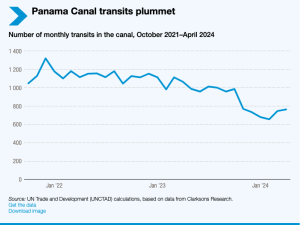U.S. oil is set to be added to the world’s most important crude benchmark from the middle of next year.
Crude from Midland, Texas, will be added to Dated Brent for June 2023 cargoes, its publisher S&P Global Platts said in a proposal on Monday. It follows a 12-month period in which one plan to reform the North Sea oil benchmark was quashed after market uproar, and in which one of the biggest oil traders in the world voiced concerns about what it called “regular dislocations” in prices.
While the proposal isn’t a final plan, it indicates the most likely path ahead. Any further major changes that require long delays could be a risk to the benchmark as supply from the North Sea dwindles. In contrast to its initial plan last year, Platts will now largely keep the existing terms of the Dated Brent benchmark but will make a series of technical changes to allow for the inclusion of U.S oil.
“We have received a lot of input from the industry,” said Vera Blei, global director of oil and LNG markets at S&P Global Platts. “There was firm agreement that Brent needs to evolve and actually a firm commitment from the industry to work with Platts.”
Platts had also been consulting on the prospect of adding crude from Norway’s giant Johan Sverdrup field, but that was dropped from the latest proposal. Its heavier, more sulfurous supply makes it a tricky match for Dated Brent, which is generally the opposite.
Last year the price publisher put forward a similar plan, although it proposed to fundamentally change the terms of Dated Brent by adding the cost of freight, among other things. That drew criticism, notably from the Intercontinental Exchange Inc., which hosts a suite of derivatives tied to the benchmark, including Brent oil futures.
“We look forward to continuing to work with Platts and the industry on further developing this proposal from here,” ICE said in a statement Monday. “Our goal throughout has been to facilitate a discussion with market participants covering all of the key issues which need to be addressed to further strengthen the Brent complex for decades to come.”









